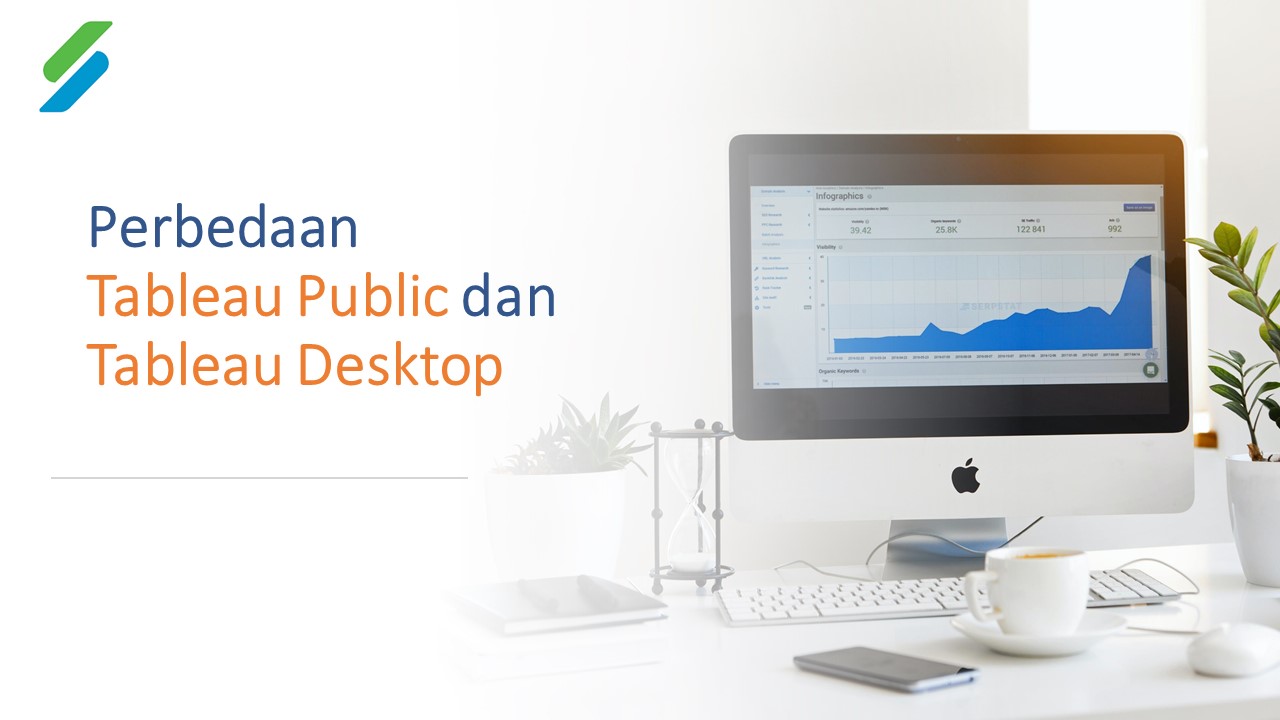

If you’ve not configured the extract for incremental refreshes, follow these steps:.If your data doesn’t change much (as in few edits/updates, mostly inserts), you can instruct Tableau to go get only the new records.

Optionally, schedule an incremental refresh.Just make sure the data is ready to be extracted by the time the schedule runs!
#Tableau public desktop full#
Many companies load their data daily, so you might schedule a full refresh at the same interval. Since we’re trying to automate this task, there’s no actual user to be prompted, so the extract would simply fail to refresh. Do not prompt the user for their credentials. Tableau needs to be able to log into the database somehow, so embed your own credentials, use the Server Run-As account or use one of the other presented options.
Make sure you select the right authentication mechanism. These settings are mostly self-explanatory, but I’ll give you a couple pointers here: If you happened to take an extract for either of the past two items, you have one more thing you need to be concerned about during publishing – that is, scheduling your extract to refresh! You definitely don’t want to have to manually refresh and republish every day.ĭuring your publishing endeavor, you may have noticed an extra “Scheduling and Authentication” button, or perhaps a couple extra dropdowns. First though … Scheduling Extract Refreshes Now each analyst (or perhaps just you) can connect to that published data source and build your visualizations from there. Select the data source you’d like to publish. Click the Server menu at the top of the screen, then navigate down to Publish Data Source. Add comments, especially if particular pieces of data aren’t straightforward. This allows users to explore a field’s data without having to query for it. Describe each field, if you’re so inclined. Set default number formats, aggregations, colors, shapes, sort orders, etc. Create any calculations you might need. Examples might be duplicate fields, join keys or fields that you will not be using in your analyses. Hide any fields that aren’t necessary. Filter out any unnecessary information (for instance, old data you’re not concerned with). From Tableau Desktop, connect to your database or file. That will help keep these different efforts separated. This workbook may have several data sources, but it should not have any visualizations. I recommend having a workbook dedicated solely to original data sources. The steps for publishing a data source are similar to the steps for publishing a workbook. It’d be nice if you could just do that work once and let the rest of the team benefit from it. All in all, creating a nice solid data source can take hours. They go set default number formats, default colors and default shapes. They connect, specify joins, and filter out old/unnecessary data. 
Each analyst is working on a few projects at a time, but all of them are working off of the same (or very similar) data.Īll too frequently, analysts try to create their own data source. Imagine, if you will, that you have a team of analysts. This is one of my favorite bits of Tableau Server. Now, your particular instance of Tableau Server might have a couple intermediary steps, but in general, these are the directions to sharing workbooks.
Select which sheets or dashboards you’d like to publish. Select the project in which you’d like to publish. Once you enter your server name, it will ask you for your username and password. Click that, and you’ll be prompted for your server name. From Tableau Desktop, simply click the Server menu at the top of the screen, then navigate down to Publish Workbook. Sharing a workbook is very straightforward in Tableau. You’d like the data to be fresh and up-to-date. But realistically, you’d like to let them go look at it any time they’d like. You could also walk over to their desk and show them on your handy dandy laptop. How do you show it to other people? Well, you could create a “packaged workbook” and email it to them, but the data gets stale and they must have Tableau Desktop or Reader installed. Say you’ve created the world’s most amazing workbook, chock full of new insights and paradigm-shifting information. In this post, I’ll walk you through the fundamental things you need to know about Tableau Server – from the perspective of Tableau Desktop! You’ll learn why and how to: Are you a Tableau Desktop user who is new to Tableau Server? Do you find yourself confounded by all of the thingamajigs and whatsits, and just want someone to tell you what you need to focus on? If so, then you want this post.







 0 kommentar(er)
0 kommentar(er)
